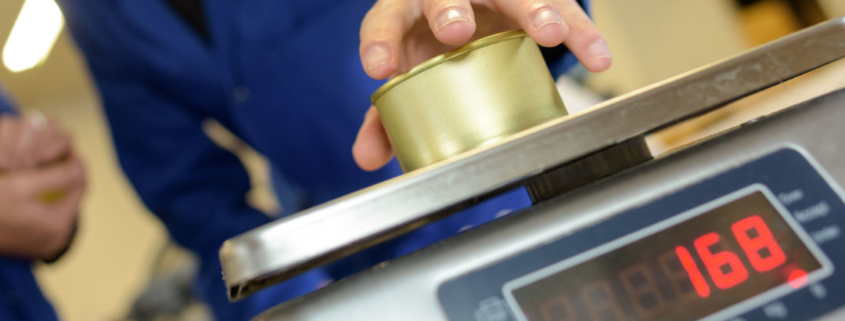Sensitivity Explained
The French “Melchisédech Thévenot” developed a small glass tube filled with liquid that contained an air bubble and was slightly curved. The principle of today’s level was found – the foundation for easy alignment of objects was laid.
In measurement technology, a level is a hollow body filled with a liquid and a gas bubble for checking the horizontal or vertical position of an object. This means that the position of the gas bubble in the liquid shows the size and direction of the angle at which the object is inclined in relation to the horizontal plane. (Wikipedia)
Functionality
The cavity, in which the liquid and gas bubble are located, has a defined radius on the top so that the gas bubble always floats at the highest point due to its buoyancy. As a rule, two markings are made in the transparent body, on the left and right of the central position. If the gas bubble is exactly between the two markings and the level is correctly adjusted, the object to be tested is in the horizontal or vertical position. (Wikipedia)
Sensitivity of the circular level / Bullseye level / Bubble Level and circular vial
The sensitivity of a level or vial is defined as the change of angle or gradient required to move the bubble by a set distance (usually 2mm).
The sensitivity can be specified in two ways.
One possibility is to indicate the sensitivity of a level /vial with the angle in degrees (°), minutes (´) or seconds (´´) by which it has to be tilted so that the bubble moves 2 mm further (1 ° = 60 ´ = 3600´´).
Another possibility is the specification in mm / m. In this case, the height difference x in mm over a length of 1 m is decisive. The sensitivity always relates to a bubble path of 2 mm, unless otherwise specified.
The sensitivity is determined by the radius and directly related to the radius of curvature within the vials, which the bubble moves across. The longer the radius, the more sensitive the vial will be.
Conversion table for sensitivity per 2mm bubble path
| Arc minutes | Arcseconds | Radius in mm | Inclination in degrees | Inclination in mm / m |
| 5′ | 300” | 1450mm | 0,08° | 1,40mm/m |
| 6′ | 360” | 1145mm | 0,1° | 1,75mm/m |
| 8′ | 480” | 820mm | 0,13° | 2,27mm/m |
| 11′ | 660” | 625mm | 0,18° | 3,14mm/m |
| 17′ | 1020” | 400mm | 0,28° | 4,89mm/m |
| 25′ | 1500” | 275mm | 0,42° | 7,33mm/m |
| 30′ | 1800” | 225mm | 0,5° | 9mm/m |
| 40′ | 2400” | 172 mm | 0,66° | 11,88mm/m |


